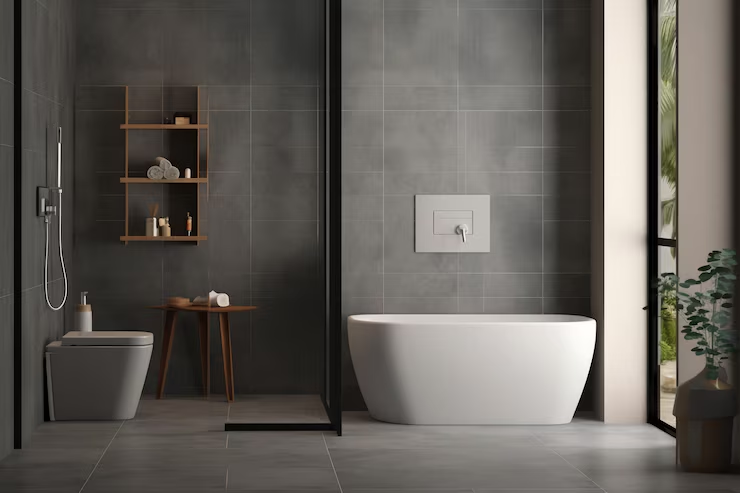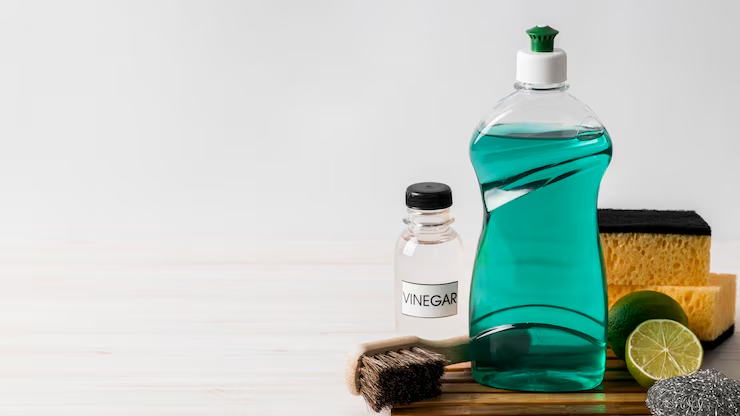Bathrooms might be the smallest rooms in our homes, but they sure know how to cause big financial headaches. Over the years, I’ve learned that simple habits and overlooked issues in the bathroom can lead to costly consequences. From sneaky water leaks to poor ventilation, the little things we ignore often end up taking a bite out of our budgets. I want to share the top ten bathroom mistakes I’ve seen or experienced that can quietly, and consistently, drain your wallet.

Ignoring Small Leaks Until They Become Big Problems
It’s easy to shrug off a small drip from the faucet or a barely noticeable leak under the sink. I used to tell myself that I’ll fix it later. But those little drops add up fast, not just on your water bill, but in terms of damage. That slow leak can lead to water damage in cabinets, warped flooring, and even mold.
Once mold sets in, you’re not just fixing a pipe, but you’re hiring specialists and replacing drywall. Fixing a leak early might cost you a few dollars and an afternoon. Waiting too long can run into the thousands.
Using Too Much Toilet Paper or Flushing the Wrong Things
I used to think that if it fits down the toilet, it’s flushable. But I learned the hard way that wipes labeled “flushable” often aren’t. They don’t break down like toilet paper and can cause nasty clogs deep in your plumbing.
The same goes for excessive toilet paper. It might seem harmless, but over time it can create blockages that require a plumber’s snake or, worse, a complete pipe replacement. The cost of a plumber call-out just to clear a clog is enough motivation for me to be a little more cautious about what goes down the bowl.
Neglecting Regular Grout and Caulk Maintenance
It never occurred to me how important grout and caulk were until I started noticing mildew stains in my shower corners. That grimy look wasn’t just cosmetic, it was a sign that water was seeping behind the tiles. Once water gets behind your shower walls, you’re looking at potential rot, mold, and tile damage. Replacing tiles is no cheap fix.
Now, I make it a point to reseal grout every year or two and keep an eye out for peeling or cracked caulk. It’s a small investment of time and money that prevents massive repairs down the road.
Overlooking Water Pressure Problems
At first, I loved the high-pressure showerhead I installed. It felt like a spa at home. But over time, I started to hear banging noises in the pipes. That’s what plumbers call “water hammer.” High water pressure, while great for your morning wake-up routine, can wreak havoc on your plumbing. It wears down seals, puts stress on pipes, and even shortens the life of your water heater.
Once I learned that excessive pressure could burst pipes or damage appliances, I invested in a pressure regulator. It wasn’t cheap, but it cost far less than dealing with burst pipe cleanup.
Letting Ventilation Issues Slide
I underestimated how important bathroom fans really are. For years, I had a fan that barely worked, and I figured cracking a window was good enough. But that lingering humidity did more than fog up the mirror. It invited mold and mildew.
These nasty intruders not only smell bad and look gross, but they can destroy drywall, paint, and even ceilings. Mold remediation is a major expense, and insurance doesn’t always cover it if it’s deemed preventable. Now, I make sure every bathroom has a properly sized fan, and I run it during and after every shower.
Putting Off Replacing Old Fixtures
Sometimes we think we’re saving money by keeping old fixtures until they absolutely break. I was guilty of that myself. But older toilets, faucets, and showerheads use significantly more water than modern, efficient models. I did a little experiment once and realized my old toilet used nearly twice the water per flush compared to a new one. That added up to hundreds of gallons per month.
When I finally replaced it, I saw an immediate drop in my water bill. The same is true with low-flow showerheads. They’ve come a long way, and the good ones feel just as nice as the old high-flow models.
Doing DIY Jobs Without the Right Knowledge
I love a good weekend DIY project. There’s a certain satisfaction in fixing something yourself. But I’ve also learned where my limits are, especially when it comes to plumbing. That one time I tried to replace a bathroom vanity on my own? I didn’t seal the plumbing connections properly, and within days I had a leak soaking through the floor.
It ended up costing more to repair the damage than it would’ve cost to just hire a plumber from the start. There’s nothing wrong with rolling up your sleeves, but I now do thorough research and call in a pro when something’s beyond my expertise.
Letting Hard Water Build-Up Go Unchecked
I live in an area with notoriously hard water. At first, I didn’t think much of the white chalky buildup around my faucets and showerheads. But over time, the mineral residue built up inside pipes and appliances too. It shortened the lifespan of my water heater and made my faucets work less efficiently.
Once I installed a water softener, I noticed not just cleaner fixtures but also better water pressure and longer-lasting plumbing. I also learned that hard water can ruin seals and gaskets, causing hidden leaks that lead to bigger issues later on.
Skipping Routine Bathroom Inspections
It’s amazing what a quick inspection can reveal. I make it a habit now to look around my bathrooms every couple of months. I check for moisture where it shouldn’t be, slow drains, water spots on ceilings below the bathroom, and even soft spots around the toilet base.
Catching these signs early can make the difference between a simple fix and a full renovation. Once, I spotted a small rust stain on the ceiling below an upstairs bathroom. It turned out to be a tiny leak from the shower drain, which I fixed for under $100. If I’d ignored it, that ceiling might have collapsed.
Failing to Install Water-Saving Devices
It’s crazy how much water we waste without realizing it. I didn’t think much of it until I installed a simple aerator on my bathroom faucet. The water flow felt the same, but I was using significantly less water. Then I added a water-saving showerhead and dual-flush toilet.
Each of these upgrades cost a little upfront, but within a few months, the lower water bill spoke for itself. What’s more, some of these devices qualify for rebates from your utility company. It’s one of these investments that pays you back pretty quickly.

Using Harsh Cleaners That Damage Surfaces Over Time
For the longest time, I thought the stronger the cleaner, the better the results. I’d buy the most powerful bleach-based sprays or acidic solutions, especially for tough toilet stains or soap scum. But over time, I started noticing the grout crumbling, the finish of my textures dulling, and the sealant around the tub wearing out much faster than expected.
I learned that harsh chemicals can break down the protective coatings on tiles, eat away at caulk, and even corrode metal fixtures if used too often. Now I opt for milder, pH-balanced products that get the job done without harming the materials. I’ve also started using natural alternatives like vinegar and baking soda when possible.
If you think this article is interesting, here’s what to read next: Top 9 Design Ideas That Were Doomed from the Start